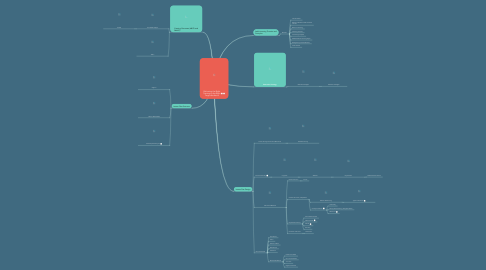
1. Retention Strategy
1.1. Retention Strategies
1.1.1. Retention Strategies
2. Adult Learning Theories and Principles
2.1. Module 1
2.1.1. Learners Profile
2.1.2. Difference Between Child and Adult Learners
2.1.3. Barriers to Learning
2.1.4. 3 learning Theories
2.1.5. 10 Learning Principles
2.1.6. Address Different Learning Styles
2.1.7. Strategies to promote Retention
2.1.8. Code of Ethics
3. Lesson Plan Structure
3.1. Gagne's
3.2. Keller's ARCS Model
3.3. Kolb's Experiential Cycle
4. Lesson Plan Design
4.1. Active Learning Environment (Motivation)
4.1.1. Blended Learning
4.2. Blooms Taxonomy
4.2.1. Cognitive
4.2.1.1. Affective
4.2.1.1.1. Psychomotor
4.3. Instructional Methods
4.3.1. Direct Instruction
4.3.1.1. Lecture
4.3.2. Indirect Instruction, Independant
4.3.2.1. Didactic Questioning
4.3.2.1.1. Types of Questions
4.3.2.2. Concept Formation
4.3.2.2.1. Case Study
4.3.2.2.2. Activity Based Learning: Energizer Games
4.3.2.2.3. Reflections
4.3.3. Experiential Learning
4.3.3.1. Structured Excercises
4.3.3.2. Skills Practices
4.3.3.3. Games
4.3.3.4. Role Play
4.3.4. Interactive Instruction
4.3.4.1. Discussions
4.4. Instructional Aids
4.4.1. Flow Charts
4.4.2. SOP's
4.4.3. Decision Tables
4.4.4. Work Sheets
4.4.5. Illustations
4.4.6. Multimedia Material
4.4.6.1. Power Point Slides
4.4.6.2. On line Courseware
4.4.6.3. You Tube
4.4.6.4. Digital Universities
5. Creating Outcomes (ABCD and SMART)
5.1. The Needs Analysis
5.1.1. Details
